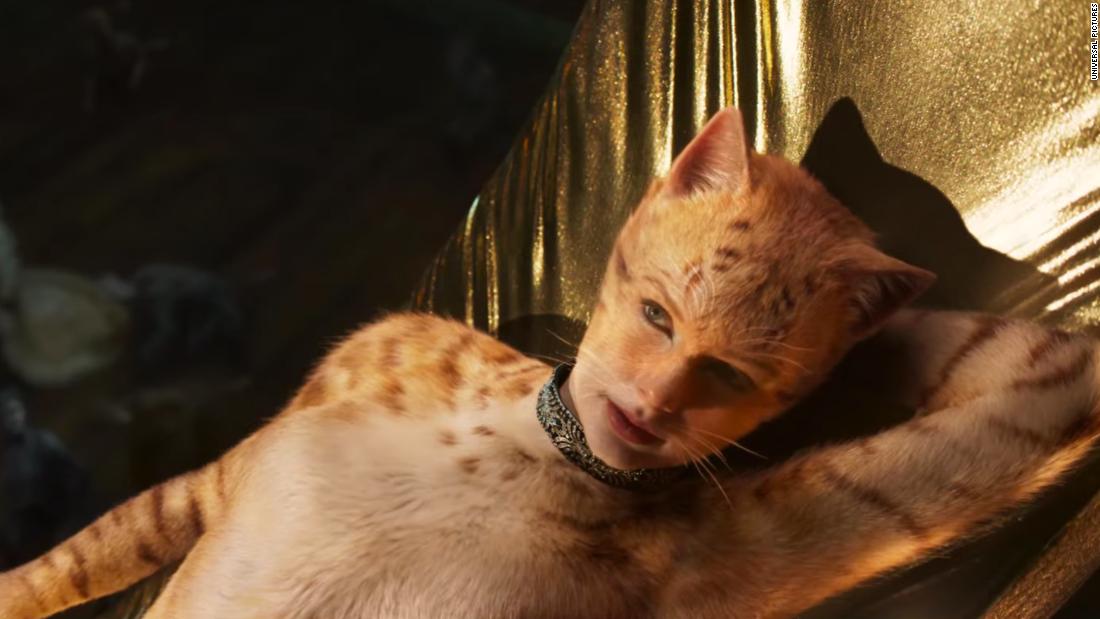[ad_1]
It’s a case of the arts ignoring science: There’s a very real psychological phenomenon behind the horrified reactions, which director Tom Hooper might well have researched before embracing the film’s admittedly bizarre creative choices.
That’s because when something humanoid looks clearly inhuman, we can differentiate it from “real” humans and thus safely assign it the characteristic of being a “thing.” And when it’s truly indistinguishable from human, we’re also not concerned about it, because we simply read it as human.
But entities in the range between these two poles, the not-quite-human, generate unsettling reactions, which is why horror films often feature human-shaped inhumans such as zombies, killer dolls (Chucky and Annabelle) and eerie clowns (“It”). All of these are entities that lurk in the uncanny valley, nibbling grotesquely at the edges of our unconscious.
In “Cats,” digitally altered thespians are everywhere, squarely centered in the spotlight, capering and caterwauling, spouting psychedelic dialogue and belting out diva-worthy ballads. From this uncanny valley, there’s no escape.
It’s too soon to say that the film is doomed to failure, however. After all, the original stage musical was an oddity of its own, with an acid-trip fantasy of a storyline about cats gathering to select a candidate to ascend to the afterlife, with characters named Bombalurina, Mungojerrie, Rumpleteazer and Bustopher Jones, and nonsensical song lyrics like “Jellicle Cats meet once a year / At the Jellicle Ball where we all rejoice / And the Jellicle Leader will soon appear / And make what is known as the Jellicle Choice.”
And yet the musical managed to run for more than 7,500 performances over almost two decades, making it the longest-running musical on Broadway for its era — until it was eclipsed by another Webber production, “Phantom of the Opera.”
As others have pointed out, the movie adaptation might be strange and ridiculous, but so too was its source. It could well be that the movie “Cats” will end up being a surprise hit, fueled in part by the lurid fascination that the trailer has incited among viewers who might have otherwise ignored it.
And then? Then we might get a movie adaptation of the only Andrew Lloyd Webber musical that exceeds “Cats” in freakiness: the humans-on-roller-skates-dressed-as-trains musical “Starlight Express.”
[ad_2]
Source link


